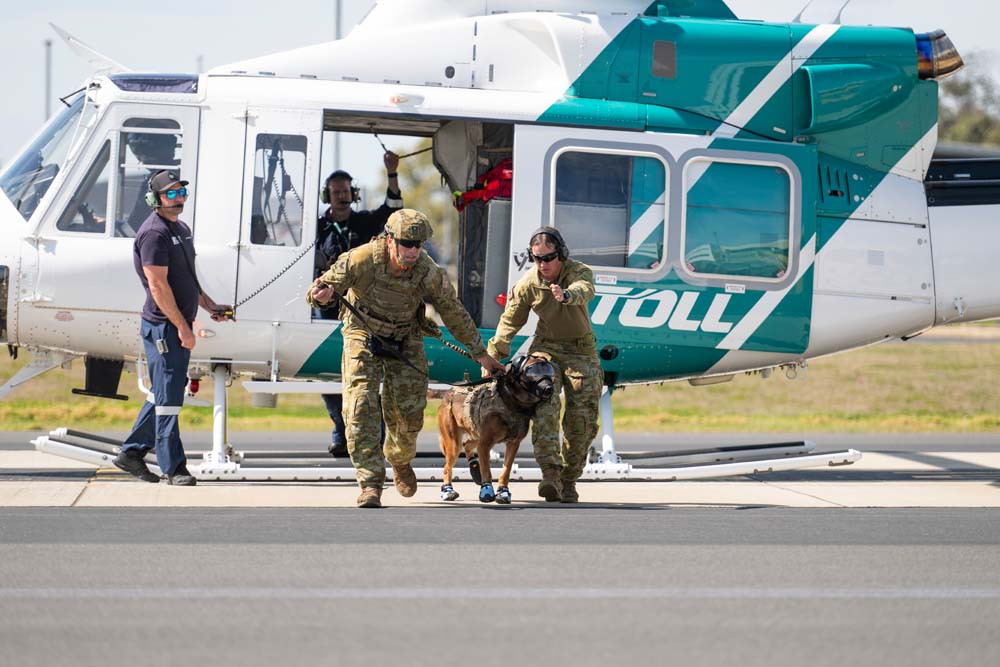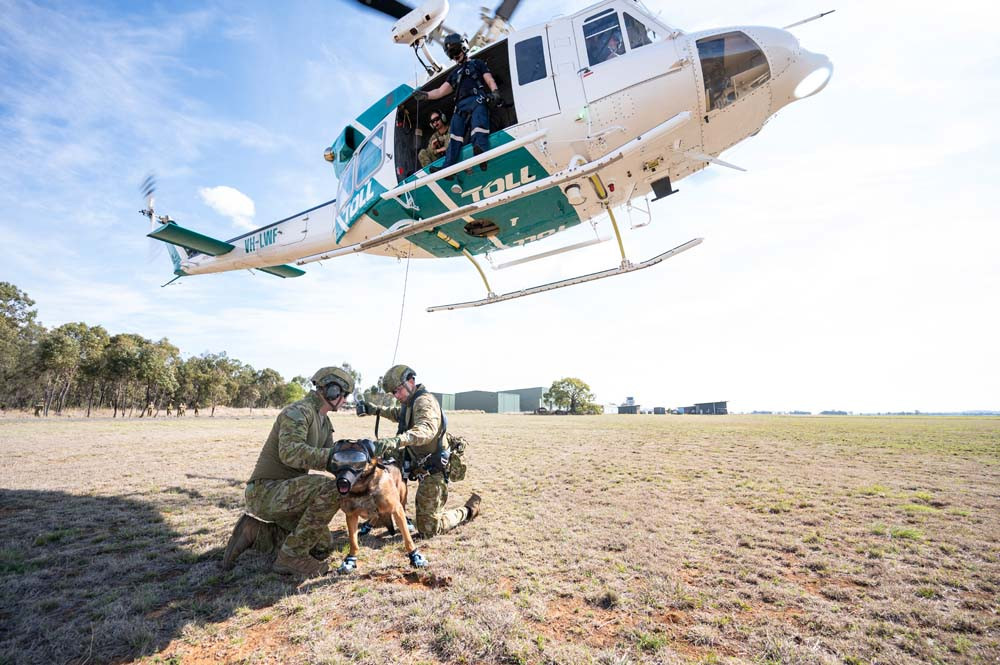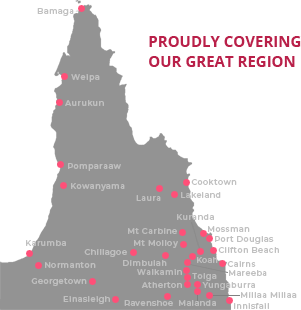Community & Business
5 October, 2024
Soldiers team up with military dogs
MAREEBA’S Duilio Di Pasquale is one of five soldiers from the 1st Military Police Battalion who have completed 20 weeks of training to become a handler of military working dogs.

Sergeant Di Pasquale completed specialised training at the Military Working Dog Handler Basic Course at RAAF Security and Fire School, RAAF Base Amberley, and the Military Police Dog Handler Course - Field Operations at Swartz Barracks, Oakey.
An instructor on the course at Swartz Barracks, Sergeant Samuel Milliner, said military police dog teams provided the Army with three key capabilities – detection, deterrence and apprehension.
“The dogs have the ability to detect human odour in the urban and field environment, which could involve providing early warning of an approaching enemy, or letting a handler know if there is a potential target hiding in a room,” he said.
“We can also do what we call article tracking, where there is an article that has human odour left on it and the dog will use that scent to track the human through the bush.
“The handlers can also use the dogs to deter people in a population protection control, or crowd-control scenarios.
“Finally, the dogs and their handlers can work together to apprehend enemy targets, which can involve the dogs biting and holding a targeted individual until their handler can detain them.”
During the course, the soldiers were also assessed on different methods for moving into and exiting an area, including being winched in by a helicopter in preparation for operational deployments.
Personal protective equipment for the military police dogs (MPD) includes goggles, padded ear muffs and boots.
“We expose the MPDs to being in and around helos, and we also train the handlers in what’s called hoisting operations so they can enter and exit helicopters in locations where it is not possible to land the aircraft,” Sgt Milliner said.
Lance Corporal Stephen Warton, who is teamed up with military police dog Max, a Belgian Malinois, said one of the most valuable capabilities military police dogs provided to units was early warning.
“Particularly at night time when we might be on picket or patrolling in low-light conditions, Max can pick up on people from a fair distance away,” he said.
“The advance warning Max provides gives the section or patrol time to prepare to respond to the threat.
“It’s also super handy in urban environments - I can approach a closed door to see if Max picks up a scent. Max will give a very strong indication when there’s people within a building, so that can speed up clearances.”



